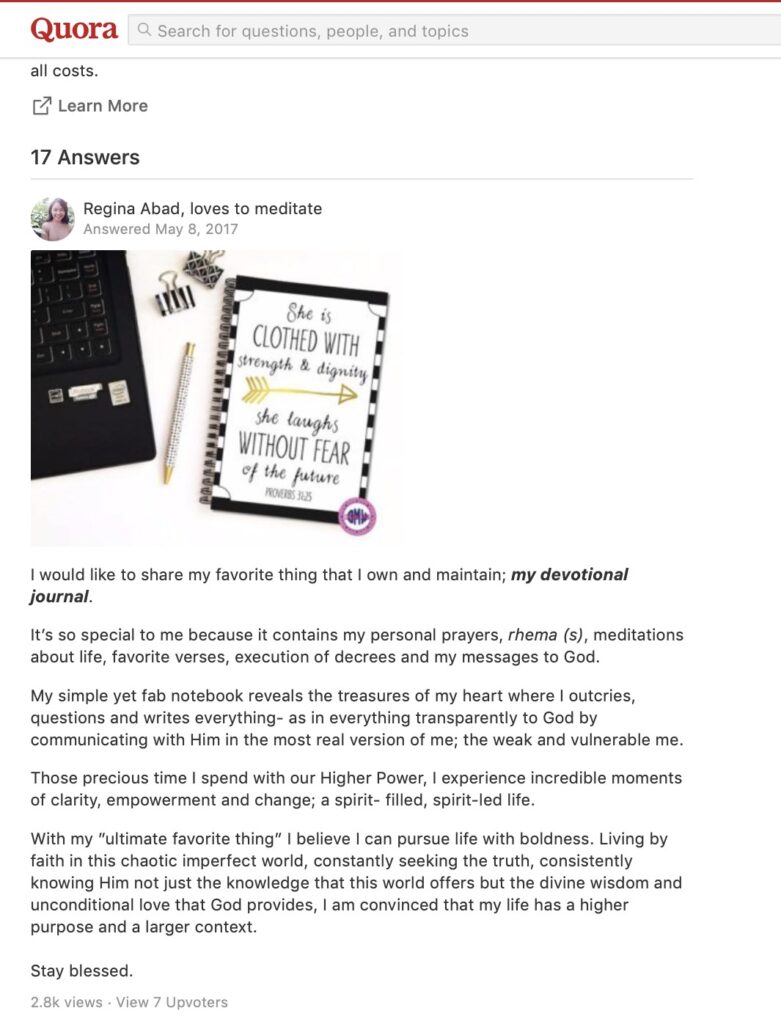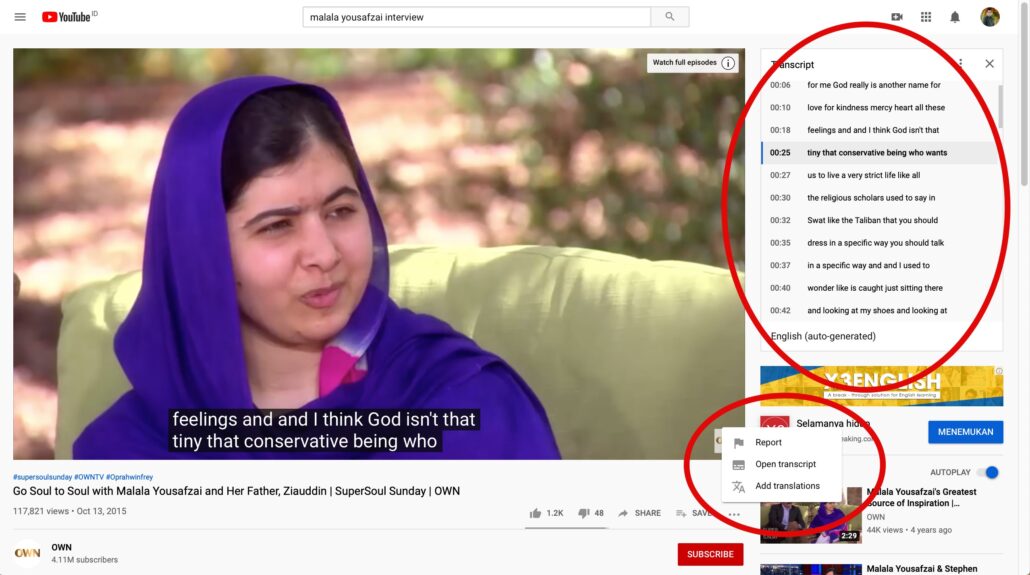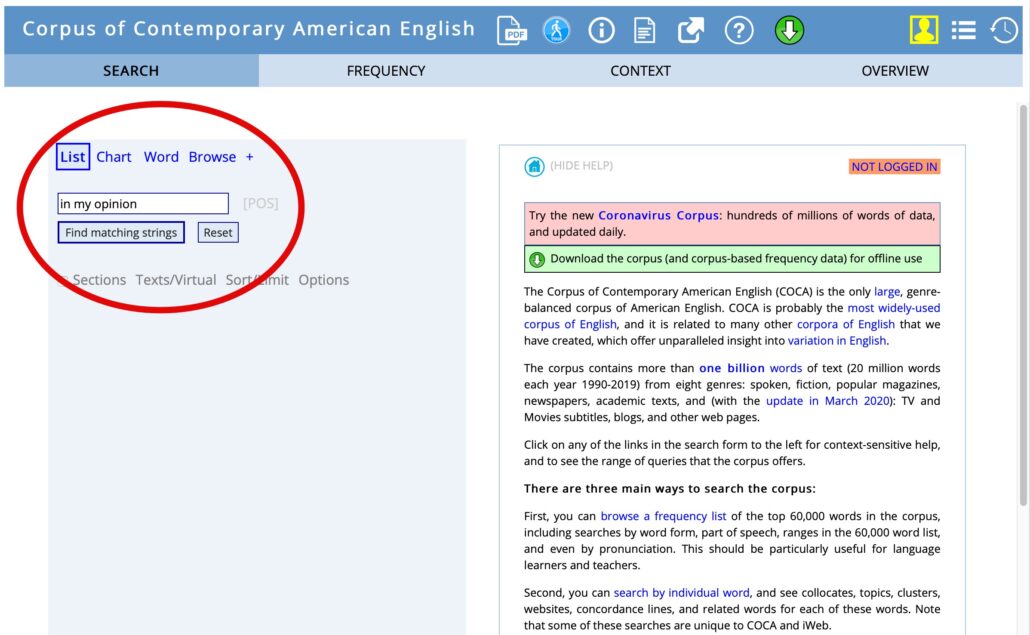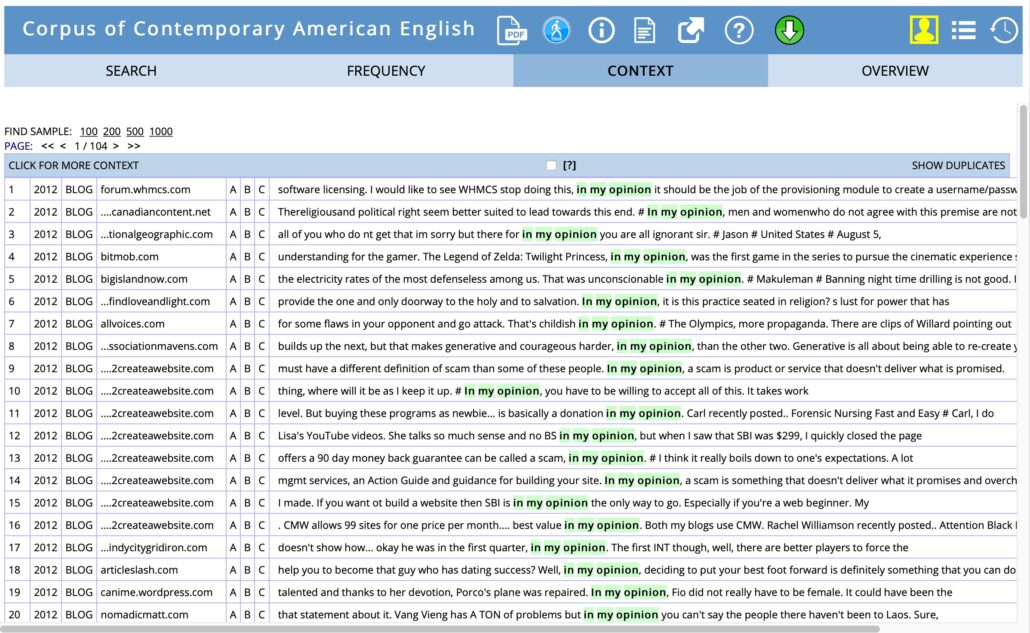Authentic Texts and Where to Find Them

By Willy Prasetya, S.Pd., M.A.
Authentic materials are essential in communicative English language teaching because they allow students to learn the use of language in real communication as well as the sociocultural contexts in which such communication occurs. We can find authentic texts everywhere: movies, songs, newspapers, books, signs, food label, and various resources on the Internet.
However, many English teachers in Indonesia, both pre-service and in-service teachers, still have difficulties in finding and selecting authentic texts that fit their students and teaching contexts. There are at least two reasons for this problem. First, finding suitable authentic texts requires a lot of time and effort. It is not a one-stop process; most of the times a desired text is found after spending hours reading books and articles or watching videos. For that reason, many teachers prefer using English textbooks or workbooks to save them some hassle. Second, most “easily-found” authentic texts, such as news, online encyclopedia entries, and TV shows, are beyond the average proficiency of Indonesian students. Such texts are written or spoken with a wide range of vocabulary and usually longer than texts designed particularly for language teaching. If an authentic text is used for teaching as it is, a teacher will spend much time explaining the meaning of the text instead of getting down directly to the teaching.
One thing to rule them all
Here, I will focus on navigating the Internet for authentic texts because it is relatively easier and faster than finding some from books, magazines, or news broadcast. Many resources are available on the Internet, and there is one thing to rule them all: KEYWORDS.
Irrelevant keywords are the most common problem in searching suitable authentic texts. For example, keywords such as ‘descriptive text’ or ‘descriptive text example’ only result in descriptive texts taken from English textbooks, outdated English examination sheets, or texts written by other teachers for their teaching purpose. By using keywords that represent what descriptive texts tell about, such as ‘what is your favorite thing and why’ or ‘your favorite holiday destination’, you can find authentic descriptive texts with various lengths and complexity from interactive websites such as Reddit, Quora, Tripadvisor, etc. With countless authentic texts at hand, all you need to do is just quick scanning for the texts that will serve your purpose.

An example of an authentic text from Quora (https://www.quora.com/What’s-your-favorite-thing-you-own-and-why)
You should use keywords that tell what the texts are about instead of the name of the text type. You should also be able to come up with many different but related keywords. Some example of good keywords are ‘who is your favorite anime character’ for descriptive texts, ‘what is the saddest moment in your life’ for recount texts, ‘wattpad teen fiction stories’ for narratives, and ‘letter to my parents/teachers’ for personal letters. You can modify the keywords or try to use some others to get different search results.
How about dialogues or speeches?
For authentic spoken texts, YouTube is probably the most convenient source. Once you have found the video that fits your classroom, you can download the transcript if one is available. Just click the three dots under the video, click ‘Open transcript’, and the transcript will pop up on the right side of the window. You can copy the transcript and make some adjustment whenever necessary before using it as your teaching materials.

How to open YouTube video subtitle
How about finding authentic examples for particular expressions?
Another way of finding authentic examples of language use is using corpora. A corpus is a collection of language use in real world. It works best for finding the authentic examples of expressions, such as asking and giving opinion, greetings, offering help, and expressing agreement and disagreement, because its database is accessible using chunks of language as the keywords.
I will use COCA (Corpus of Contemporary American English, https://www.english-corpora.org/coca/) to demonstrate how it works. Once you get to the home page of the corpus, you are required to enter a chunk of language. Let’s try ‘in my opinion’ to find authentic examples for the expression of giving opinion.

COCA (Corpus of Contemporary American English) home page
After clicking ‘Find matching strings’, the corpus will show the frequency or the number of available examples on its database. Just click ‘CONTEXT’ to access these examples.

Number of examples available for ‘in my opinion’ on COCA
There you go! Just click the link provided on each example to access the full text.

The search results for ‘in my opinion’
Besides COCA, you can also try other corpora, including British National Corpus (BNC, http://bncweb.lancs.ac.uk/bncwebSignup/user/login.php), Michigan Corpus of Academic Spoken English (MICASE, https://quod.lib.umich.edu/cgi/c/corpus/corpus?c=micase;page=simple), and VOA’s Special English Program Scripts (http://www.manythings.org/voa/sentences.htm). You can also search other available English corpora using Google. Corpora collect language use from various sources, including online news, official websites, personal websites, and Internet forums, so chances are the examples that you find is authentic. Still, it is always recommended to be meticulous in choosing the right authentic texts for your students.
With the Internet, you can always choose any authentic texts that are suitable to your students. However, in case you need to use a text with the difficulty level above your students’ proficiency, you should make some adjustment to the text. The next article is going to talk about adapting authentic texts for teaching.





Leave a Reply
Want to join the discussion?Feel free to contribute!